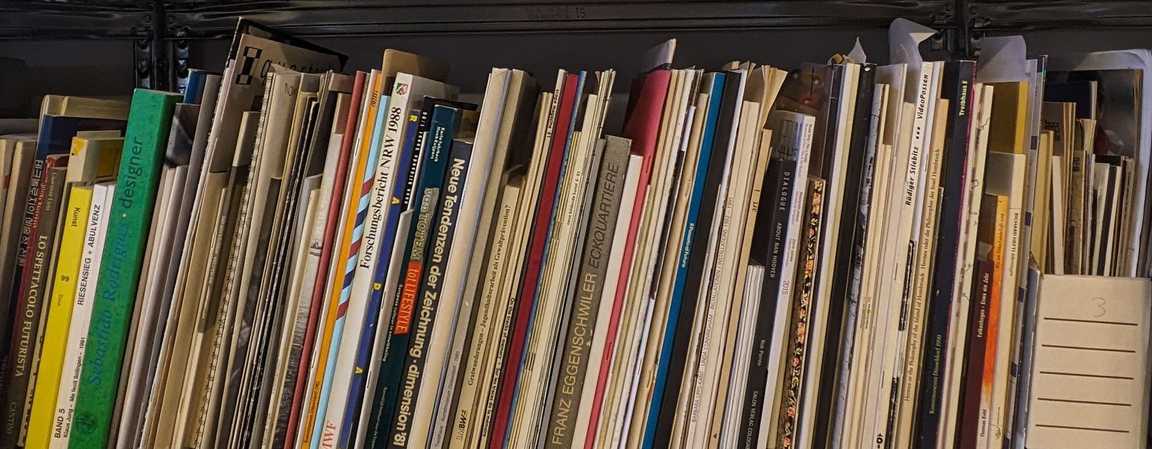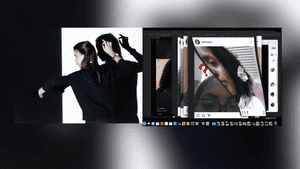
Research Introduction
Why media art research matters.
In a world where enormous amounts of information increasingly circulate at great speed, research plays a crucial role in making visible and clarifying both existing and new ideas. We investigate and share what old and new technologies mean for the future display of media artworks and develop alternatives for common research practices (artistic, scientific and art historical) and collective forms of knowledge formation. We always do so in collaboration with national and international institutions, researchers and artists.
Presenting and preserving media art and digital art – and gaining visibility for and access to media art – continually presents new questions and challenges. This is because these types of art are highly dependent on technology. The software (operating systems and programming and application software) and hardware (floppies, CD-ROMs, video cards, monitors, etc.) used for such works are subject to change due to both decay and obsolescence, which threatens their functioning. Maintaining this functioning and the experience of such works of art means continually changing them. In this sense, change is intrinsic to this type of artwork. Specialist knowledge is therefore required to present, preserve and sustain these works.
Taking Care of Media Art Requires Expertise
To be preserved and for their accessibility to be sustainable, media art and digital art require specific expertise. Conserving new types of artworks, for example those made with AI and VR, also requires new methods of documenting, archiving and preserving. To view, experience and assess digital works, the right hardware, software and knowledge must be available. Plus, interaction with content or active participation and co-creation is also important. Moreover, telling such works’ story (their art historical, technical and social context) is becoming increasingly important for such works to be understood in the future.
Over the past few years, we have worked in various short- and long-term research projects to gather knowledge, create instruments and set up technical facilities in the field of art, technology and heritage. Our goal is to keep existing and future digital heritage accessible in a sustainable way. We work closely with artists, scientists and collections to jointly develop standards and alternatives. In addition, we reflect on our relatively young and rapidly evolving hybrid discipline, focusing on the latest developments and our field.









